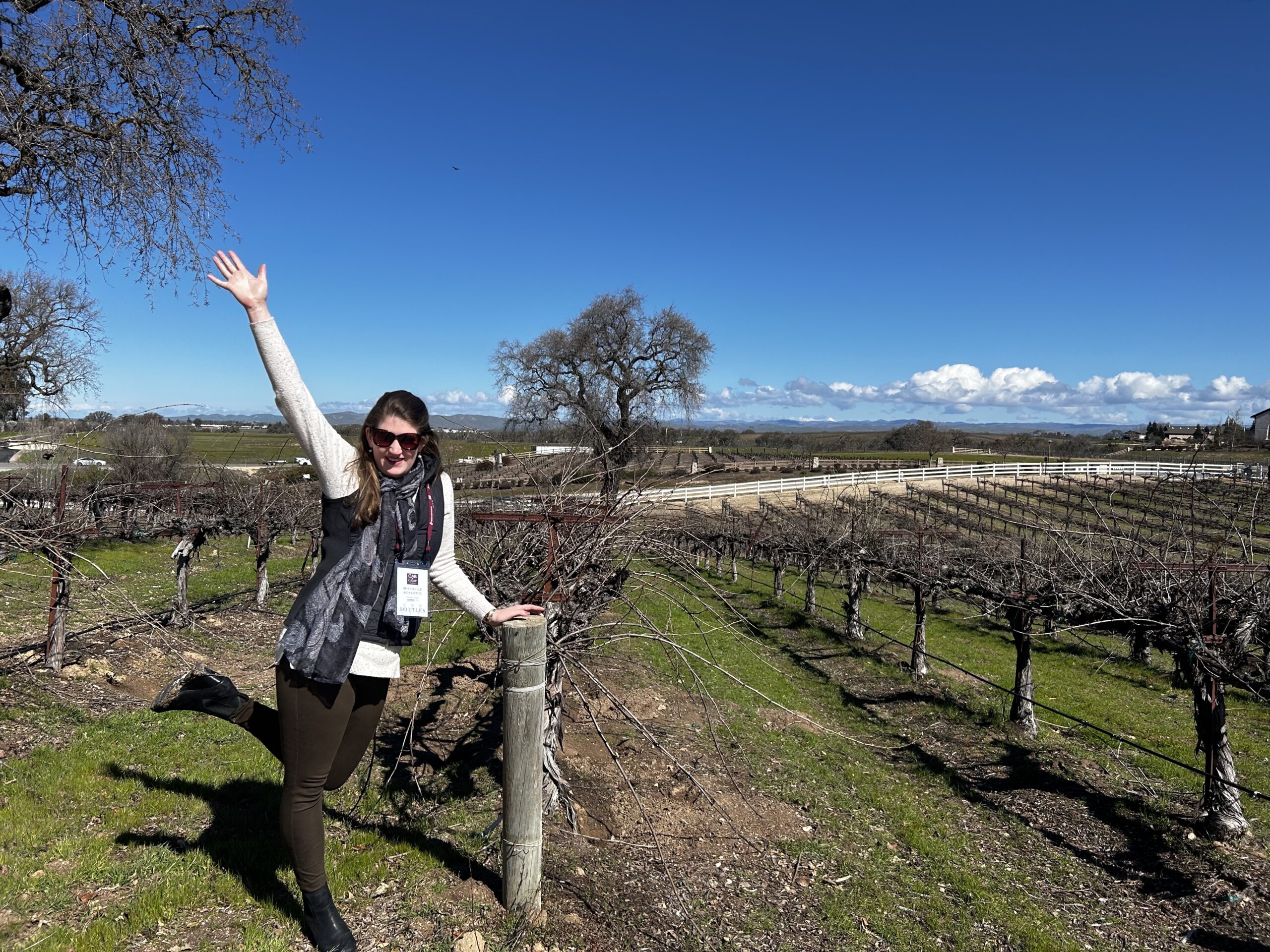
What is Regenerative Agriculture?
Did you know that Paso Robles is leading the way in regenerative farming?
I certainly didn’t.
Tablas Creek Vineyard became the first vineyard certified by the Regenerative Organic Alliance (ROA) in 2017. Massive companies like J. Lohr, Robert Hall, and San Simeon are wholeheartedly embracing this concept. Due to the resources these corporations possess, they can invest in experiments and research.
Regenerative farming was new to me. I’m familiar with biodynamics and organics, but what exactly is regenerative farming, and how does it compare to sustainable and organic farming? And biodynamic farming? But first, what is sustainable farming?
I entered the panel discussion by J. Lohr and Robert Hall with many questions.
Sustainable
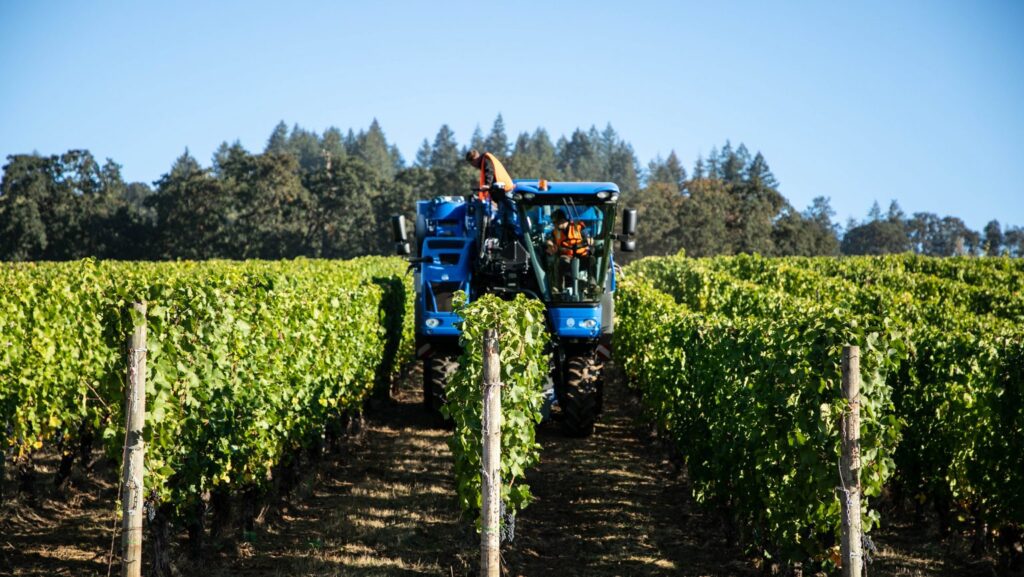
Sustainable viticulture encompasses a wide range of practices, all aimed at sustaining the land and local economy. In essence, it involves maintaining the same land for farming and making a living. This approach includes monitoring soil health and applying fertilizers.
Organics
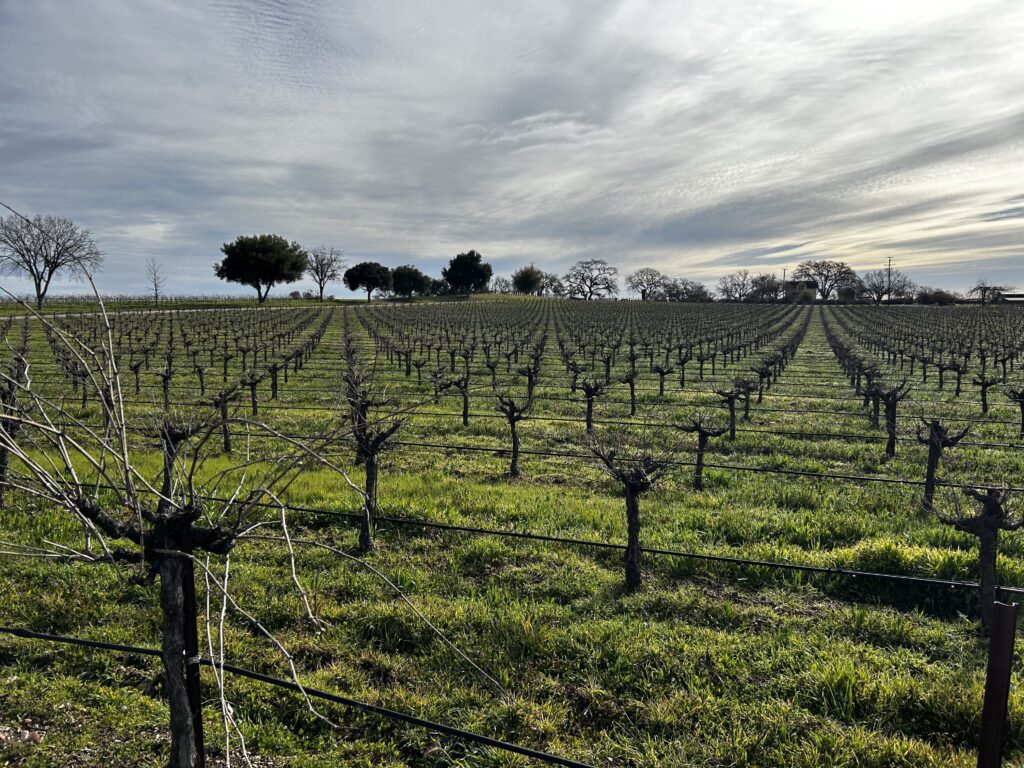
Organic viticulture focuses on promoting healthy soil and vines while adhering to strict rules: no genetically modified organisms, synthetic chemicals, herbicides, easily soluble mineral fertilizers, and more. It also restricts sulphite content compared to non-certified wines. Practices include nurturing ground cover, cultivating nitrogen-fixing plants, and implementing manual and natural techniques for pest and weed control. These practices often involve planting cover crops.
Biodynamics
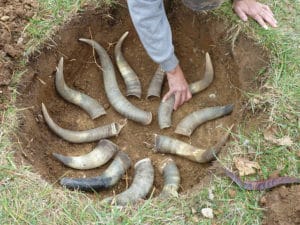
Biodynamics, rooted in the work of Austrian philosopher Rudolph Steiner, is a holistic farming practice. It divides winemaking and viticultural tasks based on a special biodynamic calendar. Steiner’s focus on fertilization during lunar cycles often involves practices like burying cow horns filled with dung by moonlight. While some practitioners take this to the extreme, others focus on holistic farming, including lunar influences.
Okay, but…
So, clearly, organics are better for the environment than just ‘sustainable’ farming. Biodynamics are… unique. But what about regenerative farming?
Regenerative
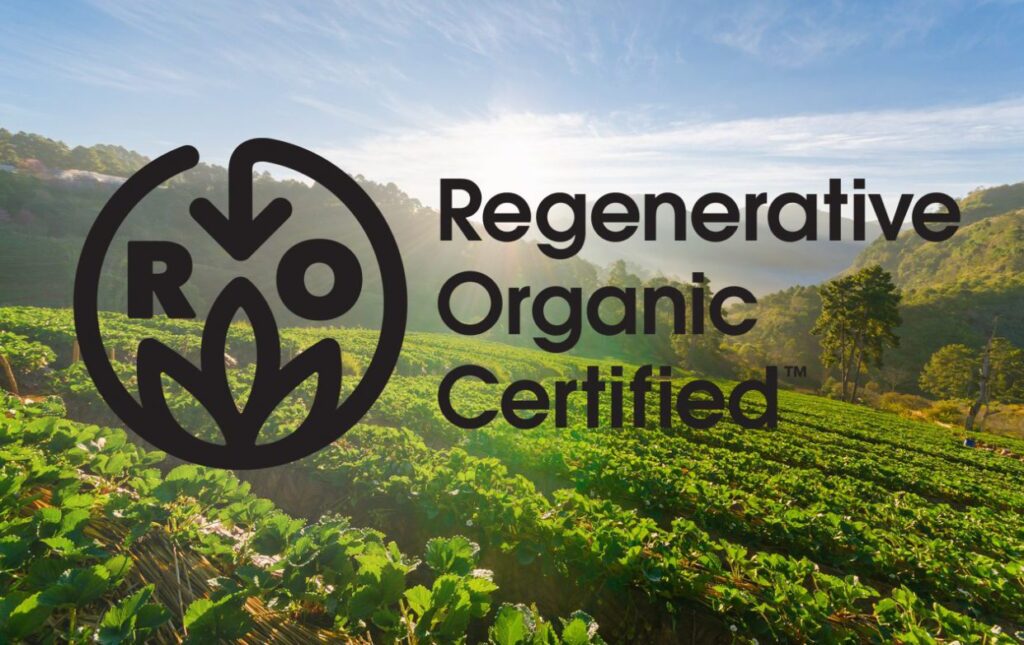
The Noble Research Institute defines regenerative agriculture as “the process of restoring degraded soils using practices based on ecological principles.” It entails looking at the entire ecosystem under the vineyard’s care, encompassing people, land, animals, insects, and soil. It’s about taking care of every detail. Farmers are tasked with land restoration, preserving topsoil by avoiding tilling, planting cover crops (especially during vine dormancy), which not only aerate the soil but also absorb carbon dioxide from the atmosphere, benefiting the entire ecosystem. Even simple actions like planting mustard plants between vine rows can contribute to combating climate change.
Benefits of regenerative farming include increased soil organic matter and biodiversity, healthier and more drought- and flood-resilient soil, reduced use of chemical inputs and subsequent pollution, cleaner air and water, enhanced wildlife habitat, and carbon capture in the soil to combat climate variability. According to research by the Regenerative Organic Alliance, a mere 3% cost increase resulted in a 10% increase in vineyard output. It’s a win-win, both for business and the planet.
Tiny wineries already do a lot of this…
If you’ve ever visited wine country during the off-season, much of this might sound familiar. Quality vineyards tend to practice a combination of organic and biodynamic methods, often allowing mustard to grow between rows. However, the significance lies in large corporations making these changes. While J. Lohr isn’t currently certified, they are actively exploring how to convert their 4,000+ acres – and these changes from a company that dominates a wine region can make a massive difference. Paso Robles is at the forefront of land stewardship.
I’ve been in the industry for ten years, and it’s incredible to witness the transformations. Just four years ago, it was considered radical to ask wineries questions about their workforce, such as their origins, seasonal nature, and wages. Now, I sat through a panel where being certified with the ‘Regenerative Organic Alliance’ requires proving that their minimum wage is $21 per hour – considered a ‘living wage’ in California. This shift reflects a higher standard set by society on companies.
Check out these Paso Robles wines, where all these vineyards are dedicated to regenerative farming.
Cheers,

